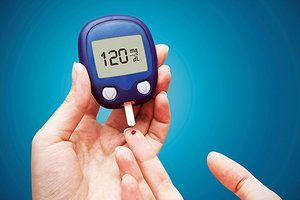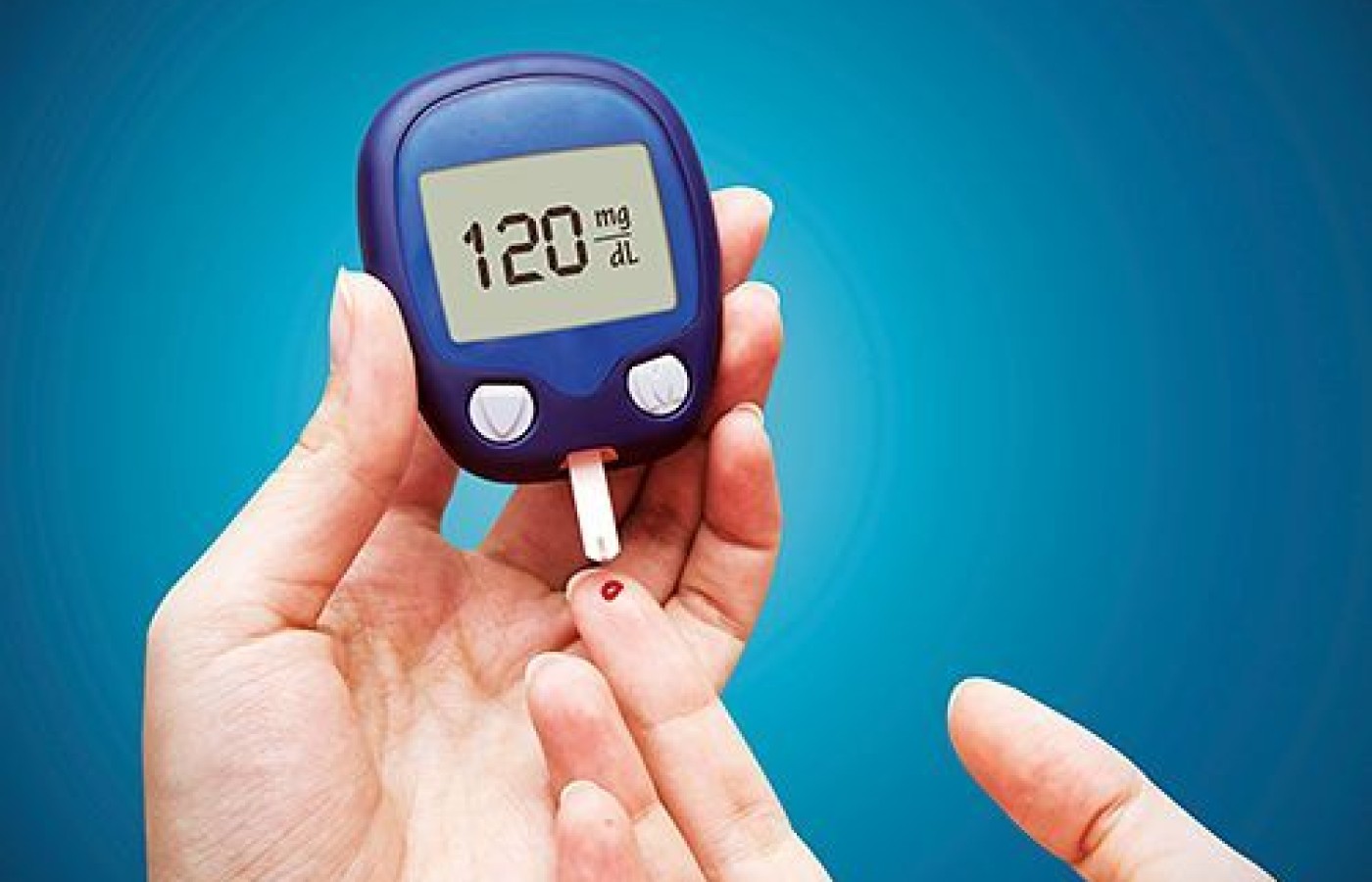One of the longest nerves in the body is known as the vagus nerve (VN). The VN is the 10th pair of cranial nerves that originates at the brain stem in the medulla oblongata. This nerve is part of the parasympathetic nervous system, which is a part of the ANS. Research suggests ear acupuncture can activate the VN.
New Medical Technologies You Need to Know
We're all familiar with how fast computers become obsolete, as well as the rapid pace of development in the field of cell phone technology. The latest smart phones are far more powerful than desktop computers were only a few years ago. Medicine has likewise expanded its technology, keeping pace with the times.
This article is dedicated to an explanation of some of the more striking new innovations that have revolutionized medical care, especially for chronic illnesses, and in the world of surgical technology.
Type I Diabetes
In the type 1 diabetic, doctors now realize that avoiding inappropriately high or low glucose readings is directly linked to a reduction in diabetic complications. Therefore close monitoring is desirable. However, every type 1 diabetic dislikes the fact that he or she needs to stick a fingertip several times a day to get a reading of the blood sugar level at that time. Glucose meters that read blood levels have become increasing smaller in the past few years so now they can be carried in a person's pocket. Spring loaded lancets that have adjustable depth needles are now very popular and the smaller drop of blood produced by a less-painful superficial needle stick can be read by the new glucometers.
Continuous blood glucose reading devices are now available (CGM devices). A tiny sensor connected to a thin wire is inserted into the subcutaneous tissue. The sensor reads the glucose in the interstitial fluid. It gives a continuous readout to a wireless monitor, which can be telephoned to a doctor's office if deemed desirable. These subcutaneous sensors must be replaced every seven days or so. The sensors are not yet as reliable as a standard blood monitor with a finger stick. Patients still need to do two finger sticks a day to verify reading calibration of the sensor.

These devices are very convenient, yet they have a lag time problem which can be serious in a brittle diabetic. The lag time has been reported by the manufacturers to be about 5 minutes, but some users of the various systems report actual lag times of up to 10–15 minutes. This lag time is insignificant when blood sugar levels are relatively consistent. However, blood sugar levels, when changing rapidly, may read in the normal range on a CGM system while in reality the patient is already experiencing symptoms of an out-of-range blood glucose value and may require prompt treatment (e.g. sudden hypoglycemia in a brittle diabetic).
An Insulin pump consists of the pump (strapped to the waist), the reservoir containing the insulin (usually fast-acting regular insulin), and the cannula which is inserted under the skin into the subcutaneous tissue by means of a withdraw-able needle (usually on the abdomen). The pump is programmed to release a low-level steady baseline dose of insulin, and then give bolus injections after meals. These can be programmed depending on the diabetic and the food he/she is consuming. The freedom of wearing a pump can be considerable.
There are certain disadvantages to these pumps when compared with injections with a syringe or an insulin pen. The patient must be mature and reliable (over 18 for sure) to handle the complicated pump/insulin infusion. There can be no body contact sports (baseball, basketball, football, skiing, snowboarding), and no aquatic sports such as water polo, swimming or diving. There is the possibility of the infusion cannula coming out, or the pump running dry, possibly leading to unexpected ketoacidosis. Also, many young adults don't like to wear paraphernalia like this (yet they are often the most brittle diabetics!).
A CGM sensor and transmitter can now be combined into an insulin pump so both are available at the same time with the same device. Medtronics (released in 2010) is the most popular. These improved methods of insulin administration and glucose level monitoring are prolonging the lives of type 1 diabetic patients as well as improving their quality of daily life.
Renal Dialysis Patients
Both hemodialysis and peritoneal dialysis patients may soon have the opportunity to utilize the newer more-portable dialysis units. This technology is completing the testing phase and some models are already on the market.
Hemodialysis is the direct filtration of the bloodstream in a patient when the toxins the body must remove are building up and cannot be excreted by the failing kidneys. The blood is pumped outside the body into a dialyzer. The dialyzer filters the blood and removes waste products and fluid, then blood is returned to body. This form of dialysis requires a large blood flow access. A large catheter in a central vein the first time is fine (the subclavian vein is often used). However, chronic or recurrent acute dialysis requires an arterio-venous shunt or fistula; this is usually done at the wrist.
Heparin is used during dialysis to prevent clotting. The patient's blood is run across a network of semipermeable membrane filters with the dialysate on the collecting side of the filters (often a series of 200 micron diameter capillary tubules).
Choice of Methods:
Fresh abdominal wounds require hemodialysis. Acute renal failure often requires hemodialysis in hospital setting, as the patient's life is in grave danger. Many patients in chronic renal failure do not achieve adequate cleansing of their blood with peritoneal dialysis and they must utilize hemodialysis instead.
Social and ethical factors are ever present with hemodialysis. Over half are elderly patients over 60. There are not enough machines to go around. Committees often must decide who gets treatment, and who does not. This is a problem in our country and a much larger problem in many other countries that have fewer hemodialysis facilities. In many countries, simply being an older person over 65 excludes you from treatment. New smaller home-model hemodialysis machines are being developed, and some are now available. Extensive testing is underway to develop and improve smaller and easier-to-run models that can be placed in the patient's home. The home health nurse still has to come to the home to run these machines, but these portable units might save up to $20,000/year per patient because they do not need to be done in the hospital or a dialysis unit.
Peritoneal dialysis creates a better lifestyle for chronic renal failure in an active person. It requires a peritoneal catheter which is often placed in the midline of the abdomen in the peri-umbilical area and it takes large plastic bags of dialysate that are infused over a period of 15 minutes, left in the abdomen for 45-60 minutes, and then drained out. This often needs to be done five times a day and once at night. Smaller peritoneal dialysis machines are being developed, for those in renal failure who can benefit from this method. The Awak peritoneal dialysis machine (Singapore) is carried as a purse. The new Mobilysis device is worn as a belt (it looks like a slim life-jacket). These re-filter and then re-infuse the dialysate, removing the concentrated waste and injecting more glucose into the remaining renewed dialysate. These highly portable machines can keep going for one day, then need to be re-charged.
Endoscopic Surgery
So-called keyhole surgery has revolutionized the world of surgical practice. First developed by urologists in the early years of the 20th century it was taken up by gynecologists in the 1960s and 1970s, utilizing keyhole incisions to perform tubal ligations. This was the era of big surgical operations in general surgery – the bigger the problem, the bigger the operation had to be. Metastatic breast cancer required radical mastectomy surgery, and esophageal cancer required an incision up and down the entire length of the thorax and abdomen put together. The morbidity and recovery time following such large, open operations was considerable.
The years 1989 and 1990 spotlighted the first successful cholecystectomies through keyhole surgery. These were watershed years for the general surgeon as well as surgical specialists. In the 1990s there was a massive swing toward endoscopic surgery for as many surgical problems as possible, including hernia repairs, cancer operations, and intestinal bypasses. Computer-enhanced stereoscopic viewing was soon introduced (earlier laparoscopes were two-dimensional, creating problems knowing what was in front and what was behind in the surgical field). Robotic techniques followed in the 21st century. Endoscopic techniques are now utilized in thoracic surgery to remove benign and malignant tumors and congenital abnormalities.
Surgeons now are even doing kidney transplants laparoscopically. Laparscopic donor kidney removal is more widely accepted than laparscopic kidney placement into the recipient, which is often considered not as safe as an open procedure. However, we should all keep an eye on the ongoing surgical developments in endoscopic surgery.



